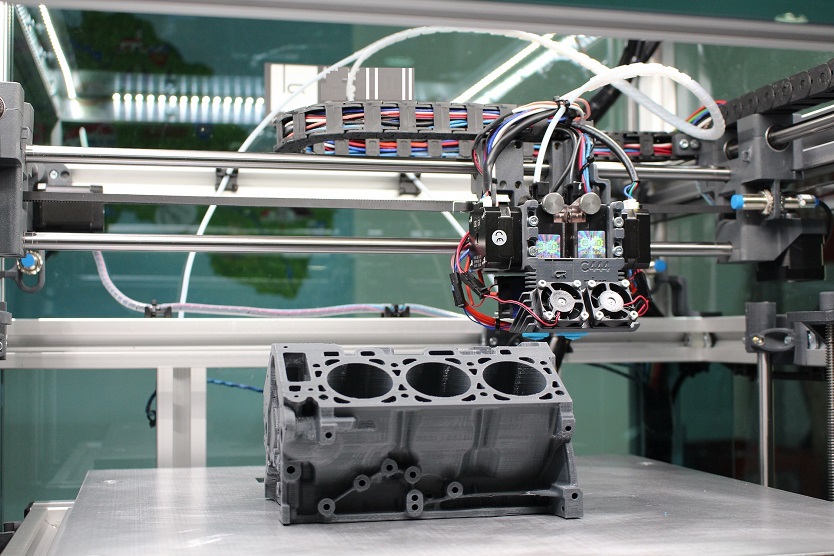
3D printing can save 30% of energy in manufacturing
The energy consumption involved in producing machines and manufacturing plants is enormous. For example, the casting process requires high temperatures and further material and energy are needed for the production of the casting moulds which can often only be used once. 3D printing is regarded as one of the cutting-edge technologies used in more resource-efficient production methods. Due to the relatively high unit cost, 3D printers have not yet found widespread use in the market.
A German consortium is seeking to address this in a research project by creating a basis to find ways to increase the use of 3D printing. The industrial companies involved come from the shipbuilding sector, where the number of components used is often small, but their overall size, when taken together, is large. In the XXL3DDruck project, new methods and production methods are now being tested which will make the casting of individual metal parts obsolete. The utilisation of automated deposit welding means that components such as gears and engine blocks can in future be produced in the same way as metal castings. By simply removing the need for making a mould and for casting it will be possible to increase the energy efficiency by up to 30%.
In order to do this, a laser-supported arc process is being developed that will save energy and resources while producing metal structures at a rate of over 5 kg per hour per component. This is achieved through the interaction of several production heads working in parallel. At the same time, a laser provides a three-dimensional measurement of the component to achieve high manufacturing quality. The new findings will then be incorporated into the development of standardized production processes. The Federal Ministry for Economic Affairs and Energy is funding this research from 2019 - 2021.


